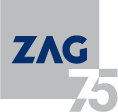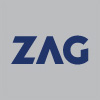| Assessment and Rehabilitation of Central European Highway Structures ARCHES | | Aljoša Šajna | 2006/09/01 | 2009/08/31 | 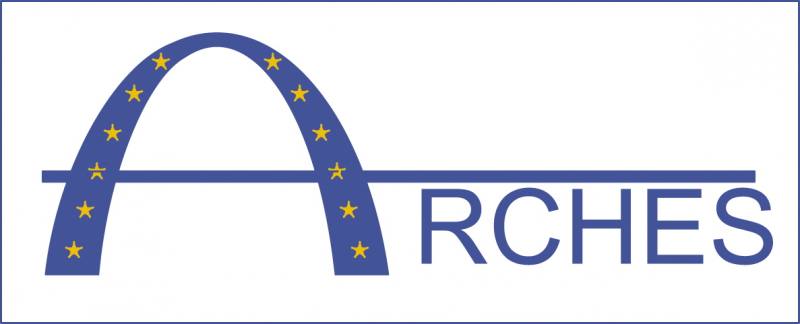 | Read more |
| Central European Research in Transport Infrastructure CERTAIN | | Aleš Žnidarič | 2006/06/01 | 2010/05/31 |  | Read more |
| Cultural Heritage Protection against Flood CHEF | | Mateja Golež | 2007/02/01 | 2010/01/31 | 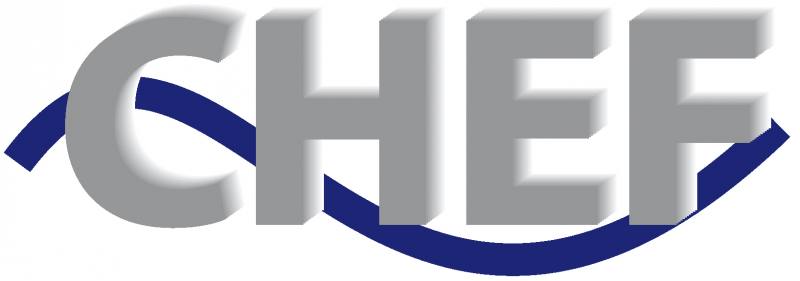 | Read more |
| Coordination and Implementation of Road Research in Europe ERA NET ROAD | | Bojan Leben | 2005/06/01 | 2009/03/31 |  | Read more |
| Fundamental understanding of cementitious material for improved chemical physical aesthetic performance NANOCEM | | Franc Švegl | 2006/03/01 | 2011/04/30 | 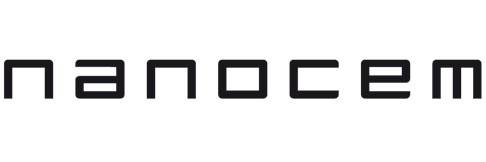 | Read more |
| Sustainable Pavements for European New Member States SPENS | | Mojca Ravnikar Turk | 2006/09/01 | 2009/08/31 |  | Read more |
| Bridge Safety Monitoring BRIDGEMON | | Aleš Žnidarič | 2012/12/01 | 2014/11/30 |  | Read more |
| Cost-effective and sustainable Bio-Renewable Indoor Materials with high potential for xustomisation and creative design in Energy Efficient buildings BRIMEE | | Sabina Jordan | 2013/07/01 | 2017/06/30 | 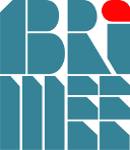 | Read more |
| Resource-and Cost-effectice integration of renewables in existing high-rise buildings COST-EFFECTIVE | | Sabina Jordan | 2008/10/01 | 2012/09/30 |  | Read more |
| Developing a European Transport Research Alliance DETRA | | Aleš Žnidarič | 2010/06/01 | 2012/09/30 |  | Read more |
| Dismantling and Recycling Vehicle Tyres and road Materials into Roads – Sharing Knowledge and Practice DIRECT-MAT | | Karmen Fifer Bizjak | 2009/01/01 | 2011/12/31 | 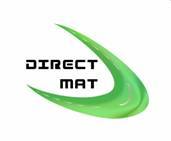 | Read more |
| ERA-NET ROAD II ENR2 | | Bojan Leben | 2009/05/01 | 2011/04/30 |  | Read more |
| Geo-clustering to deploy the potential of Energy efficient Buildings across EU GE2O | | Friderik Knez | 2012/01/01 | 2013/12/31 |  | Read more |
| Gas Absorption Heat Pump solution for existing residential buildings HEAT4U | | Friderik Knez | 2011/11/01 | 2014/10/31 | 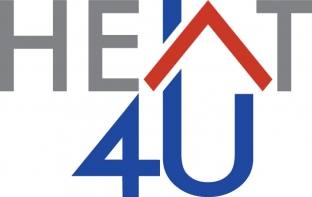 | Read more |
| Protection Of Cultural Heritage Objects With Multifunctional Advanced Materials HEROMAT | | Andrijana Sever Škapin | 2011/12/01 | 2015/11/30 | 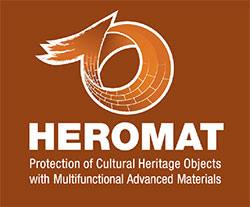 | Read more |
| PoroElastic Road Surface: an innovation to Avoid Damages to the Environment PERSUADE | | Darko Kokot | 2009/09/01 | 2015/08/31 |  | Read more |
| End of life strategies of asphalt pavements RE-ROAD | | Marjan Tušar | 2009/01/01 | 2012/12/31 | 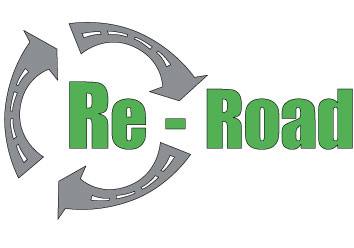 | Read more |
| ROlling resistance, Skid resistance, ANd Noise Emission measurement standards for road surfaces ROSANNE | | Darko Kokot | 2013/11/01 | 2016/10/31 |  | Read more |
| Smart Maintenance and Analysis of Transport Infrastructure SmartRail | | Stanislav Lenart | 2011/09/01 | 2014/08/31 |  | Read more |
| Transport Research Arena 2008 TRA2008 | | Aleš Žnidarič | 2007/09/01 | 2008/08/31 | 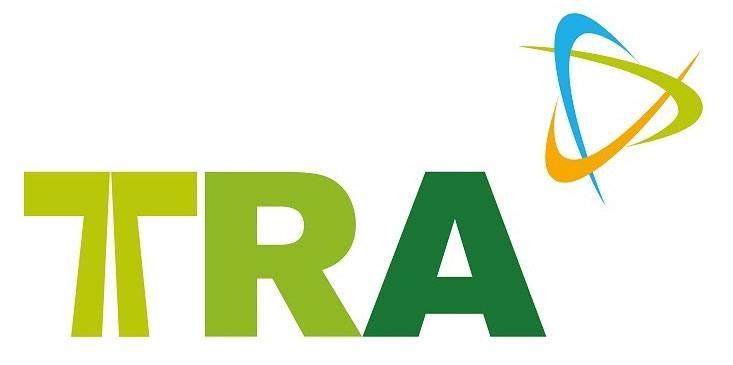 | Read more |
| Supporting the Transport Research Arena 2012 conference TRA2012 | | Aleš Žnidarič | 2011/01/01 | 2012/12/31 | 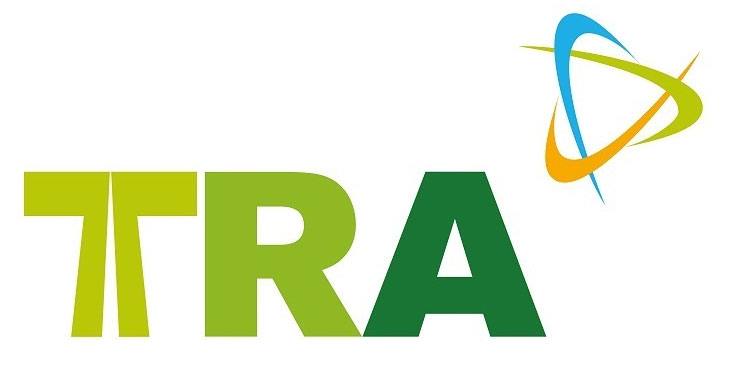 | Read more |
| Understanding TRANSport for Concrete which is Eco friendly iNnovative and Durable Transcend | | Vilma Ducman | 2010/10/01 | 2014/09/30 | 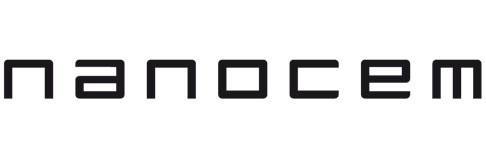 | Read more |
| Tyre and Road Surface Optimisation for Skid TYROSAFE | | Darko Kokot | 2008/07/01 | 2010/06/30 | 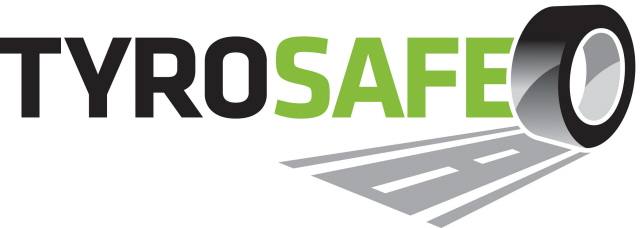 | Read more |
| Design Tools for high grip surfaces ULTRAGRIP | | Vilma Ducman | 2009/09/30 | 2012/09/30 | 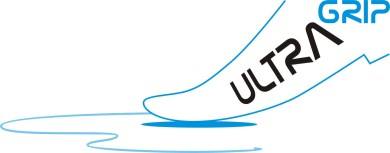 | Read more |
| Tomorrows Road Infrastructure Monitoring and Managem TRIMM | | Aleš Žnidarič | 2011/12/01 | 2014/11/30 | 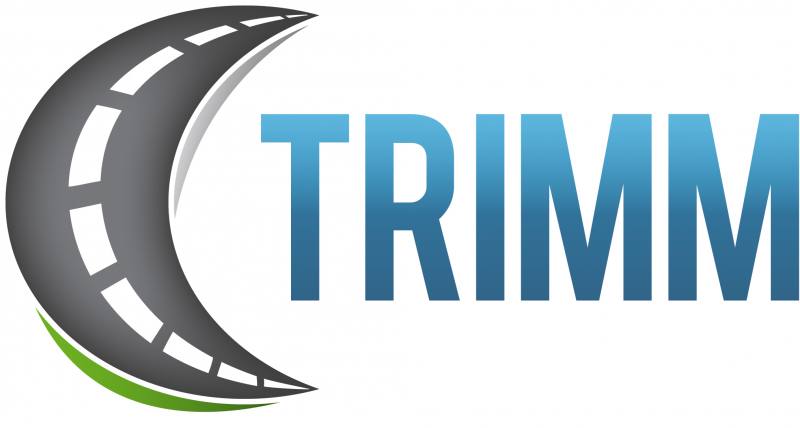 | Read more |
| Young European Arena of Research 2010 YEAR 2010 | | Bojan Leben | 2009/01/01 | 2010/08/31 |  | Read more |
| Young European Arena of Research YEAR 2008 | | Bojan Leben | 2007/10/01 | 2008/07/31 |  | Read more |
| Nanoremediation of water from small waste water treatment plants and reuse of water and solid remains for local needs RusaLCA | | Ana Mladenović | 2013/07/01 | 2016/12/31 |  | Read more |
| Promotion of the Recycling of Industrial Waste and Building Rubble for the Construction Industry REBIRTH | | Alenka Mauko Pranjić | 2011/10/01 | 2014/12/31 |  | Read more |
| Oblikovanje čezmejne platforme storitev za izboljšanje procesov širšega področja gradbenih objektov PROFILI | | Marjan Japelj | 2011/11/01 | 2014/04/01 | 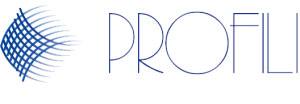 | Read more |
| Modern Art Conservation Center MACC | | Mateja Golež | 2011/08/18 | 2014/08/18 |  | Read more |
| Enhance mechanical properties of timber, engineered wood products and timber structures COST Action FP1004 | | | 2010/05/30 | 2011/05/30 |  | Read more |
| Assessment, Reinforcement and Monitoring of Timber Structures COST Action FP1101 | | Tomaž Pazlar | 2010/06/29 | 2011/06/29 |  | Read more |
| Integrated Fire Engineering and Response IFER COST Action TU0904 | | | 2011/05/27 | 2012/05/25 |  | Read more |
| Impact of climate change on engineered slopes for infrastructure COST Action TU1202 | COST | Stanislav Lenart | 2012/10/04 | 2016/10/03 |  | Read more |
| People Friendly Cities in a Data Rich World COST Action TU1207 | | | 2013/04/12 | 2017/04/11 |  | Read more |
| NORM for Building materials NORM4BUILDING COST Action TU1301 | | Vilma Ducman | 2013/09/19 | 2017/09/18 |  | Read more |
| Quality Control for Wood and Wood Products COST E53 | | Jelena Srpčič | 2006/03/01 | 2010/05/31 |  | Read more |
| PHONASUM - Photocatalytic Technologies and Novel Nanosurfaces Materials – Critical Issues COST MPNS Action 540 | | | 2007/01/01 | 2010/01/01 |  | Read more |
| Soundscape of European Cities and Landscape COST TUD Action TD0804 | | Mihael Ramšak | 1970/01/01 | 2012/11/30 |  | Read more |
| Integrating and Harmonizing Sound Insulation Aspects in Sustainable Urban Housing Construction COST TUD Action TU0901 | | Mihael Ramšak | 2009/11/03 | 2013/11/02 |  | Read more |
| Multifunctional layers for the protection of mineral substrates, E! MULTI-PROTECT | | Andrijana Sever Škapin | 2010/11/01 | 2013/10/31 | 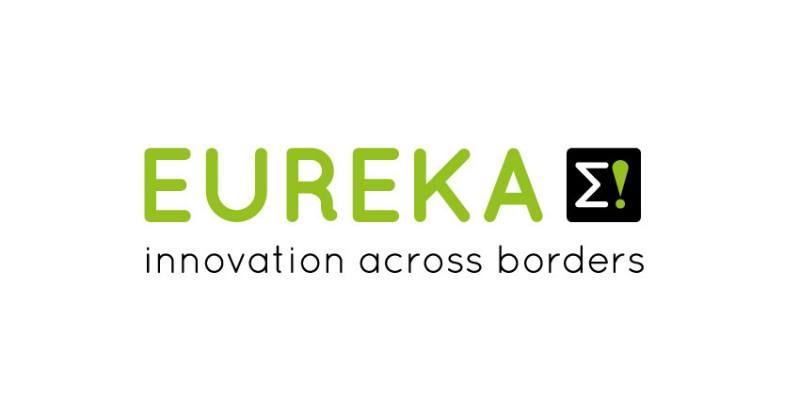 | Read more |
| Development Of Lightweight Aggregate From Waste Material And Further Processing Into Thermal Insulation Concrete E!4964 LIGHT-WASTE | | Vilma Ducman | 2010/07/01 | 2012/09/01 | 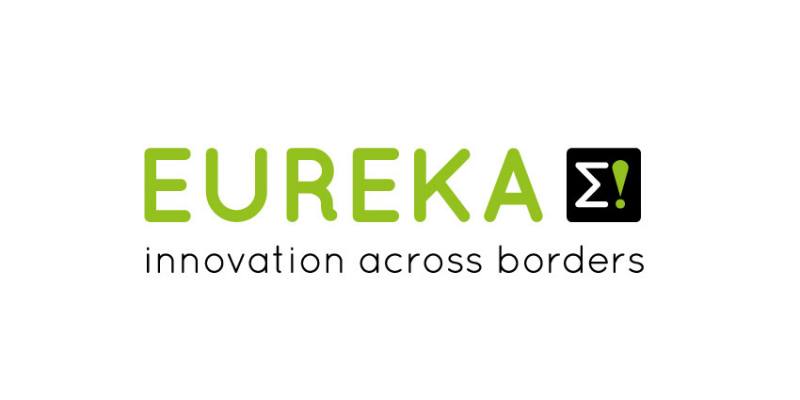 | Read more |
| Polymer subconstruction for curtain walls E!6782 POLYBAR | | Franc Capuder | 2012/06/19 | 2013/10/15 | 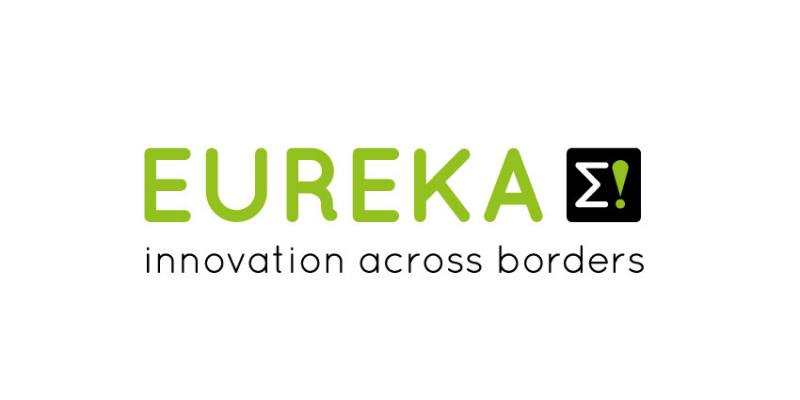 | Read more |
| Development Of Self-Cleaning Clay Roofing Tiles - CLEANTILE EUREKA E! 3969 | | Vilma Ducman | 2007/01/01 | 2009/06/30 | 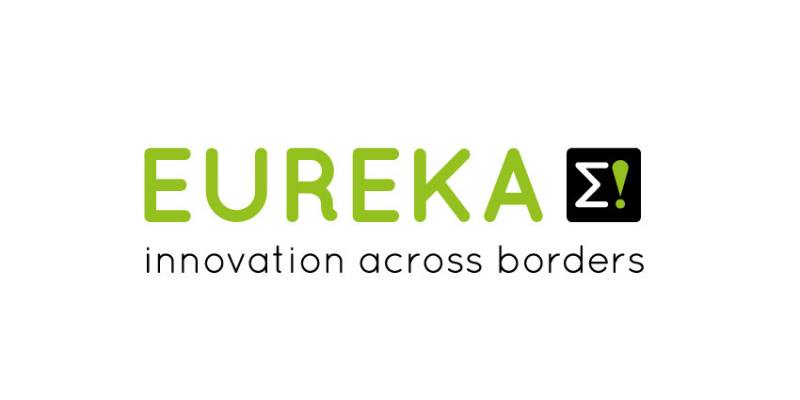 | Read more |
| Fire resistance concrete made with slag from steel industry - FIRECON EUREKA E! 4166 | | Vilma Ducman | 2009/01/02 | 2011/12/31 | 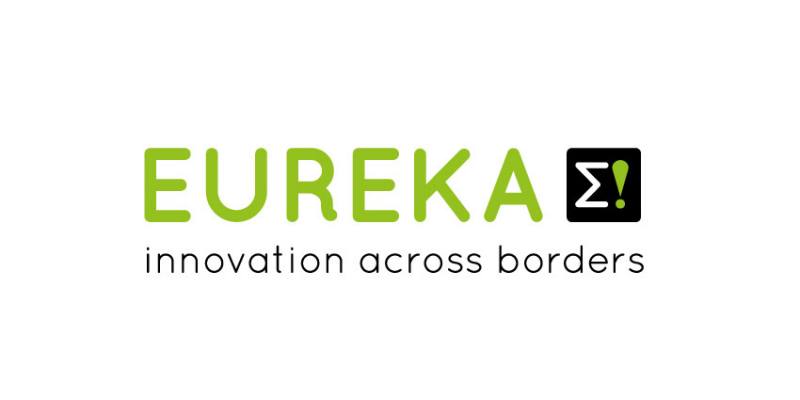 | Read more |
| B-IMPACT | | Tadeja Kosec | 2015/03/01 | 2017/02/28 | 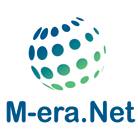 | Read more |
| Effective asset managemnet meeting future challenges ASCAM | | Mojca Ravnikar Turk | 2010/09/01 | 2012/02/28 |  | Read more |
| Environmental indicators for the Total Road infrastructure Assets EVITA | | Darko Kokot | 2010/09/01 | 2012/08/31 |  | Read more |
| Modelling Infrastructure influence of RoAd Vehicle Energy Consumption MIRAVEC | | Darko Kokot | 2011/11/01 | 2013/10/31 |  | Read more |
| Models for rolling resistance In Road Infrastructure Asset Management Systems MIRIAM | | | 2010/01/01 | 2016/12/31 |  | Read more |
| Pilot project for common EU Curriculum for road safety experts: training and application on secondary roads Pilot4Safety | | Matej Michelizza | 2010/06/01 | 2012/05/31 |  | Read more |
| Durable Pothole Repairs POTHOLE | | Aleksander Ipavec | 2011/10/01 | 2013/09/01 |  | Read more |
| Scoring Traffic At Roadworks STARS | | Mojca Ravnikar Turk | 2011/10/01 | 2013/03/31 |  | Read more |
| Selection of Appropriate Vehicle Restraint Systems SAVeRS | | Bine Pengal | 1970/01/01 | 1970/01/01 |  | Read more |
| Baselining Road Works Safety on European Roads BRoWSER | | Mojca Ravnikar Turk | 2013/02/01 | 2015/10/01 | 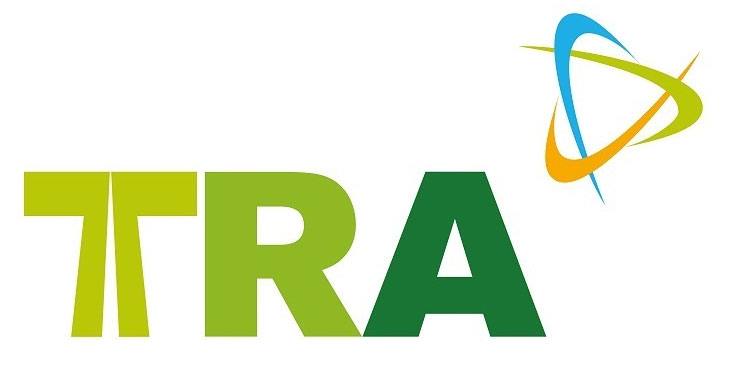 | Read more |
| Risk AssEssment of AGEing Infrastructure RE-GEN | | Aleš Žnidarič | 2014/04/01 | 2016/03/31 |  | Read more |
| Safety at the Heart of Road Design ENR-SRO1 | | | 2009/09/15 | 2011/09/15 |  | Read more |
| HI-SPEQ - High-speed survey specification, explanation and quality | | Darko Kokot | 2014/04/14 | 2016/04/13 |  | Read more |
| FUNDBITS | | Marjan Tušar | 2014/04/01 | 2015/04/01 | 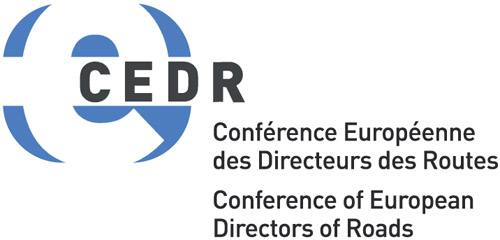 | Read more |
| A tool to assess the impact of construction process quality on the performance of pavements and its implementation in tenders COSISTEND | | Mojca Ravnikar Turk | 2014/04/14 | 2016/04/13 |  | Read more |
| REthinking Future Infrastructure NETworks - REFINET | | Bojan Leben | 2015/05/01 | 2017/04/30 | 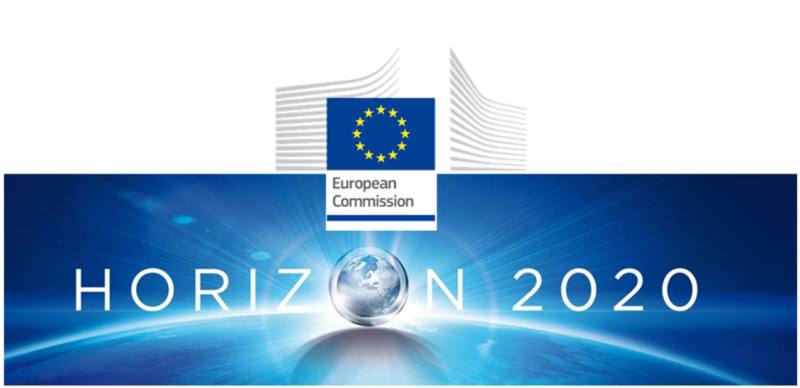 | Read more |
| InnoRenew CoE - Renewable materials and healthy environments research and innovation centre of excellence | H2020 | Friderik Knez | 2017/06/01 | 2022/05/31 | 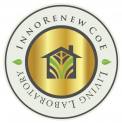 | Read more |
| Decision Support Tool for Rail Infrastructure Managers - DESTinationRAIL | Horizon 2020 | Stanislav Lenart | 2015/05/01 | 2018/04/30 | 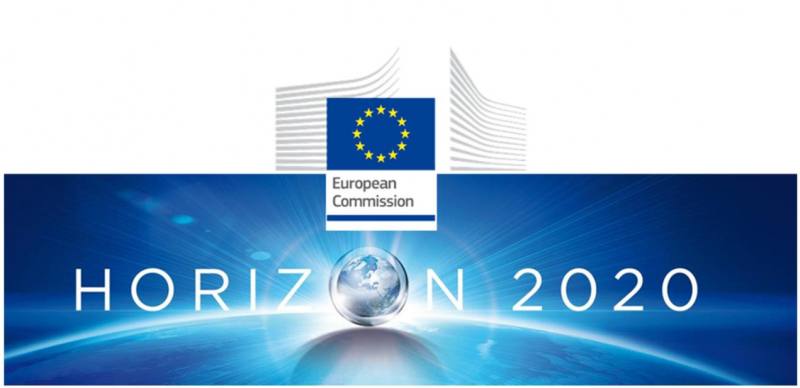 | Read more |
| Forever Open infrastructure across X all transport modes | H2020 | Karmen Fifer Bizjak | 2015/05/01 | 2018/10/30 | 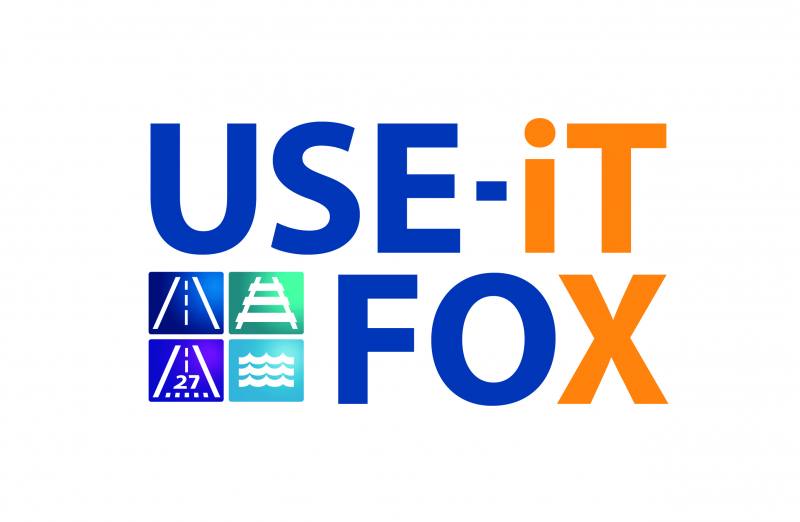 | Read more |
| NUGENIA-PLUS— Preparing NUGENIA for HORIZON2020 | H2020 | Bojan Zajec | 2015/05/01 | 2016/10/31 | 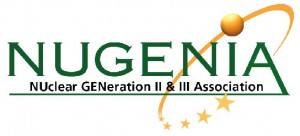 | Read more |
| Building Green Skills | EC:Employment policies | Friderik Knez | 2014/12/01 | 2016/05/31 | 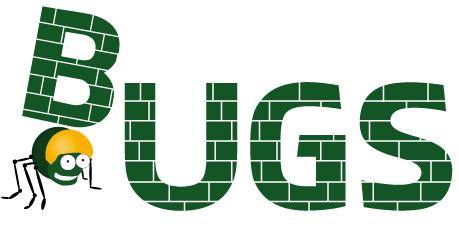 | Read more |
| Risk based approaches for Asset inteGrity multimodal Transport Infrastructure ManagEment | H2020 | Stanislav Lenart | 2016/09/01 | 2019/08/31 | 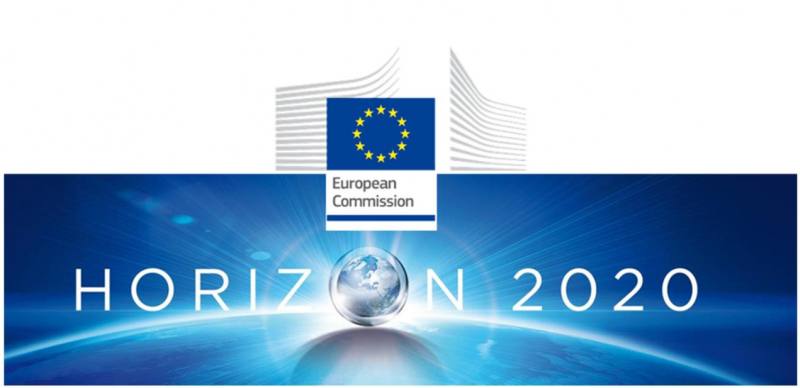 | Read more |
| AM4INFRA - Common Framework for a European Life Cycle based Asset Management Approach for transport infrastructure networks | Horizon 2020 | Darko Kokot | 2016/09/01 | 2018/08/31 | 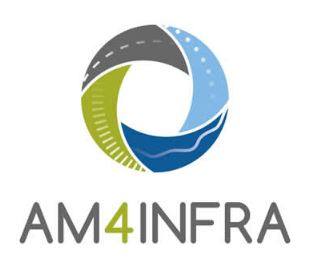 | Read more |
| InnoWEE - Innovative pre-fabricated components including different waste construction materials reducing building energy and minimising environmental impacts | H2020 | Vilma Ducman | 2016/10/01 | 2020/09/30 | 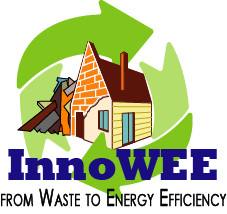 | Read more |
| Q-Air; Sustainable Prefabricated Glass Façade with Performance Exceeding State-of-the-art Glass Façades | H2020 | Katja Malovrh Rebec | 2017/01/01 | 2018/12/31 | 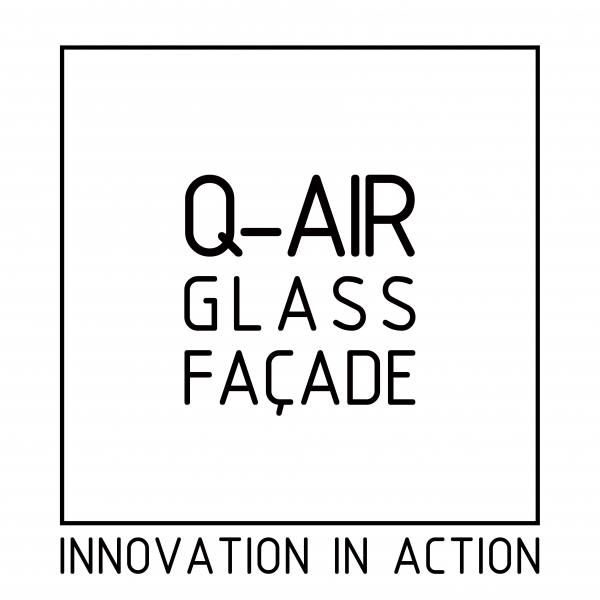 | Read more |
| PAPERCHAIN - New market niches for the Pulp and Paper Industry waste based on circular economy approaches | H2020 | Karmen Fifer Bizjak | 2017/06/01 | 2021/06/01 |  | Read more |
| Mitigating Environmentally Assissted Cracking Through Optimisation of Surface Condition | H2020 | Bojan Zajec | 2017/09/01 | 2021/08/31 |  | Read more |
| RETRACKING, Towards the Circular Economy: traceability of Fibre-Reinforced Composites FRC artefacts | Interreg Slovenija Italija | Alenka Mauko Pranjić | 2017/09/25 | 2019/12/24 |  | Read more |
| URBAN SOIL 4 FOOD - Establishment of Innovative Urban Soil Based Economy Circles to Increase Local Food Self-sufficiency and Minimize Environmental Footprint | UIA | Alenka Mauko Pranjić | 2017/12/01 | 2020/11/30 |  | Read more |
| EnDurCrete - New Environmental friendly and Durable conCrete integrating industrial by-products and hybrid systems, for civil, industrial and offshore applications | H2020 | Andraž Legat | 2018/01/01 | 2021/06/30 |  | Read more |
| FLOW - Lightweight alkali activated composite foams based on secondary raw materials | ERA-MIN2 | Vilma Ducman | 2018/05/01 | 2021/04/30 |  | Read more |
| Cinderela – New Circular Economy Business Models for More Sustainable Urban Construction | Horizon 2020 | Alenka Mauko Pranjić | 2018/06/01 | 2021/05/31 |  | Read more |
| Ustanovitev novega čezmejnega LivingLab centra za raziskave in simulacije požarnega odziva kompozitnih materialov med in po požaru
Errichtung eines neuen grenzübergreifenden LivingLabs für die Untersuchung und Simulation des Brandverhaltens von Kompositmaterialien während und nach dem Brand | Interreg SI-AT | Friderik Knez | 2018/05/01 | 2020/10/31 |  | Read more |
| Aktivno ohranjanje in vrednotenje naravne in kulturne dediščine rudnikov in rudarstva za razvoj trajnostnega turizma
/
Aktivna zaštita I valorizacija prirodne I kulturne baštine rudnika i rudarstva za razvoj održivog turizma | | Mateja Golež | 2018/09/01 | 2021/02/28 | 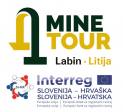 | Read more |
| BusiSource. Waste from companies as a secondary source | EIT Raw Materials | Ana Mladenović | 2017/04/01 | 2020/01/31 | 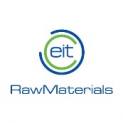 | Read more |
| DIM ESEE. Dubrovnik International ESEE Mining school | EIT Raw Materials | Ana Mladenović | 2017/04/01 | 2021/04/01 |  | Read more |
| EXTREME. Substitution of CRMs in components and coatings used under extreme conditions | EIT Raw Materials | Tadeja Kosec | 2016/03/15 | 2018/12/31 |  | Read more |
| FLAME. FLy Ash to valuable MinErals | EIT Raw Materials | Ana Mladenović | 2017/04/01 | 2020/03/31 |  | Read more |
| MIN-PET. Mineral products from Petrit-T sidestream technology | https://eitrawmaterials.eu/project/min-pet/ | Vilma Ducman | 2016/01/01 | 2018/12/31 |  | Read more |
| OREVAL. experts and facilities for ore characterisation | EIT Raw Materials | Alenka Mauko Pranjić | 2018/01/01 | 2018/12/31 |  | Read more |
| RECOVER. Innovation in Motion: Red mud and Copper slag Valorisation in Engineered Products | EIT Raw Materials | Vilma Ducman | 2017/04/01 | 2020/03/31 |  | Read more |
| ResiduFlex. Infrastructure and technology network on residue valorisation | EIT Raw Materials | Vilma Ducman | 2016/01/01 | 2018/12/31 |  | Read more |
| STORM. Industrial Symbiosis for the Sustainable Management of Raw Materials | EIT Raw Materials | Alenka Mauko Pranjić | 2016/01/01 | 2018/12/31 |  | Read more |
| VirtualMine | EIT Raw Materials | Mateja Golež | 2017/04/01 | 2019/03/31 |  | Read more |
| Visual3D. Visualisation of 3D–4D models in exploration and geosciences | EIT Raw Materials | Alenka Mauko Pranjić | 2017/04/01 | 2020/04/01 |  | Read more |
| INNOMAT. Innovation Management through integration of LCA Training Packages | EIT Raw Materials | Janez Turk | 2018/01/01 | 2020/06/30 |  | Read more |
| REEBAUX. Prospects of REE recovery from bauxite and bauxite residue in the ESEE region | EIT Raw Materials | Ana Mladenović | 2018/01/01 | 2021/03/31 |  | Read more |
| RIS-RECOVER. Regional innovation scheme for zero waste extraction of critical raw materials | EIT Raw Materials | Alenka Mauko Pranjić | 2018/01/01 | 2021/03/31 |  | Read more |
| SPL-CYCLE. Closing the loop of the Spent Pot-line SPL in Al smelting process | EIT Raw Materials | Ana Mladenović | 2018/02/01 | 2021/03/31 |  | Read more |
| EIT RawMaterials Hub – Regional Center Adria | EIT Raw Materials | Alenka Mauko Pranjić | 2018/01/01 | 2023/01/01 |  | Read more |
| BloW-uP. Balkans Waste to Products: transfer of NoI model to Balkan area: de-siloing new waste-derived raw materials and devel-oping new applications | EIT Raw Materials | Ana Mladenović | 2017/04/01 | 2019/03/31 |  | Read more |
| Assets4Rail - Measuring, monitoring and data handling for railway assets; bridges, tunnels, tracks and safety systems | Horizon 2020, Shift2Rail scheme | Stanislav Lenart | 2018/12/01 | 2021/05/31 | 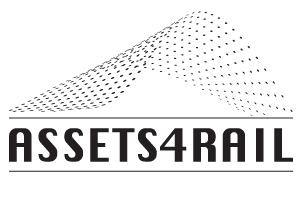 | Read more |
| MINEA Mining the European Anthroposphere | COST | Sabina Dolenec | 2016/03/04 | 2020/03/03 | 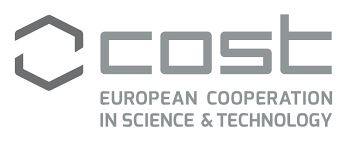 | Read more |
| CRM Extreme | COST | Tadeja Kosec | 2016/03/10 | 2020/03/09 | 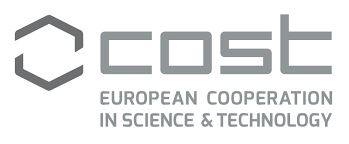 | Read more |
| Innovative Solutions for Cross Laminated Timber Structures | ERA NET ForestValue | Tomaž Pazlar | 2019/03/01 | 2022/02/28 | 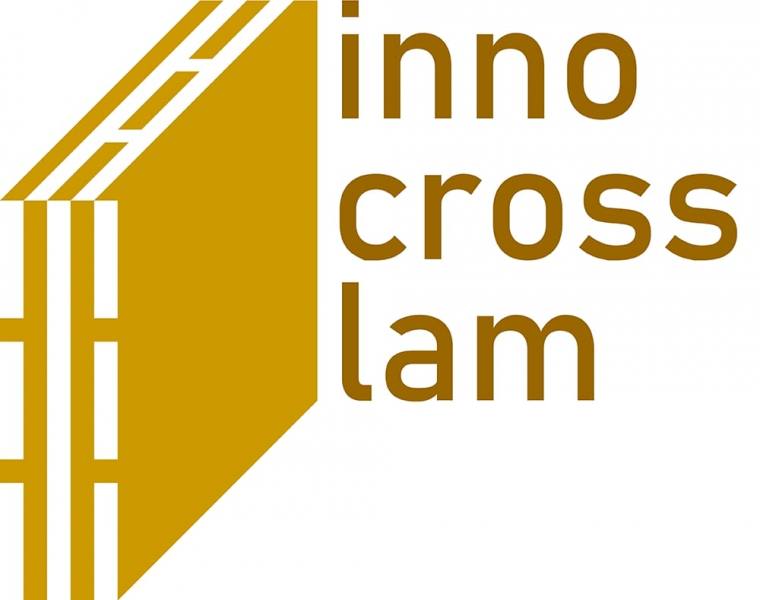 | Read more |
| Self-healing As preventive Repair of COncrete Structures | COST | Andrijana Sever Škapin | 2016/09/30 | 2020/09/29 | 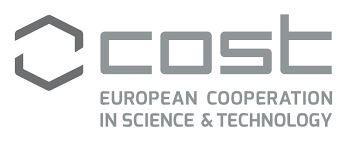 | Read more |
| Fire safe use of bio-based building products | COST | Friderik Knez | 2014/12/05 | 2018/12/04 | 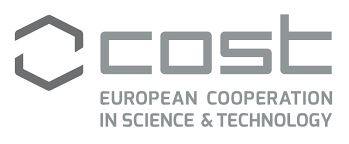 | Read more |
| Basis of structural timber design – from research to standards | COST | Tomaž Pazlar | 2014/11/25 | 2018/11/25 | 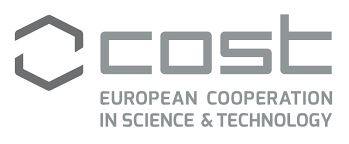 | Read more |
| Forests, their Products and Services | COST | Friderik Knez | 2015/03/10 | 2019/03/09 | 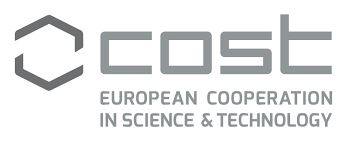 | Read more |
| Quantifying the value of structural health monitoring | COST | Aleš Žnidarič | 2014/11/13 | 2018/11/13 | 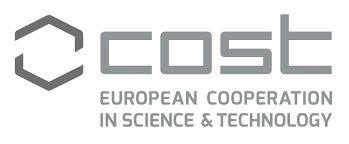 | Read more |
| Towards the next generation of standards for service life of cement-based materials and structures | COST | Aljoša Šajna | 2014/11/18 | 2018/11/17 | 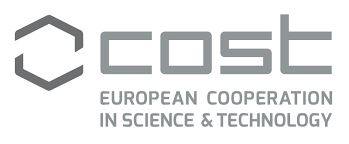 | Read more |
| European network for shallow geothermal energy applications in buildings and infrastructures GABI | COST | Stanislav Lenart | 2015/03/09 | 2019/03/08 | 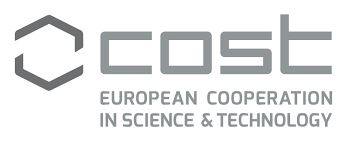 | Read more |
| Quality specifications for roadway bridges, standardization at a European level BridgeSpec | COST | Andrej Anžlin | 2015/04/16 | 2019/04/15 | 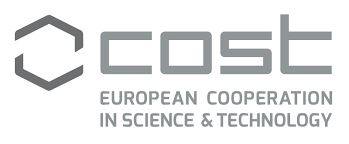 | Read more |
| Mineral wool waste back to loop with advanced sorting, pre-treatment, and alkali activation | | Vilma Ducman | 2019/06/01 | 2022/05/31 |  | Read more |
| RIS-ALiCE - Al-rich industrial residues for mineral binders in ESEE region | EIT Raw Materials | Sabina Dolenec | 2019/03/01 | 2022/02/28 | 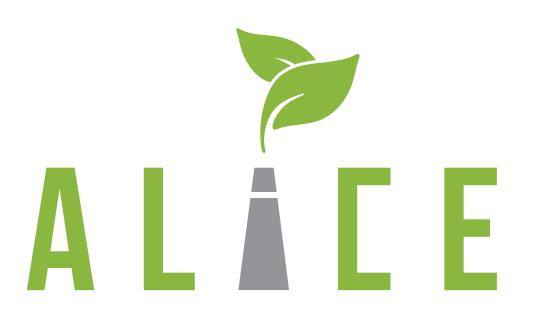 | Read more |
| RIS-CuRE - Zero waste recovery of copper tailings in the ESEE region | EIT Raw Materials | Ana Mladenović | 2019/01/01 | 2021/12/31 | 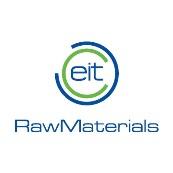 | Read more |
| WhISPER - Waterless Iron Silicate Production with Energy Recovery | EIT Raw Materials | Mateja Košir | 2019/01/01 | 2021/12/31 | 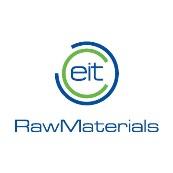 | Read more |
| CORTOOLS. Co-creation of corrosion monitoring and prediction tools | EIT Raw Materials | Tadeja Kosec | 2019/01/01 | 2021/12/31 |  | Read more |
| Connected Data for Effective Collaboration | CEDR Conference of European Directors of Roads | Darko Kokot | 2019/10/01 | 2021/09/30 | 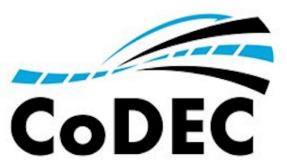 | Read more |
| POCYTIF - A POsitive Energy CITY Transformation Framework | Horizon 2020 | Sabina Jordan | 2019/10/01 | 2024/09/30 | 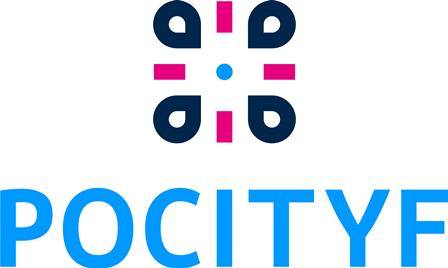 | Read more |
| LIFE HIDAQUA - Sustainable water management on high water demanding industries | LIFE programme | Primož Oprčkal | 2019/09/01 | 2025/09/30 |  | Read more |
| LIFE IP CARE4CLIMATE - Boosting greenhouse gas emissions reduction by 2020 with a view to 2030 – promoting sustainable transport, energy efficiency, renewable energies and sustainable, climate protecting land use in the transition to low carbon society | LIFE programme and Republic of Slovenia Ministry of the Environment and Spatial Planning | Sabina Jordan | 2019/01/01 | 2026/12/31 |  | Read more |
| ADRISEISMIC - New approaches for seismic improvement and renovation of Adriatic and Ionian historic urban centers | Interreg Adrion program | Andrej Anžlin | 2020/04/01 | 2022/04/01 | 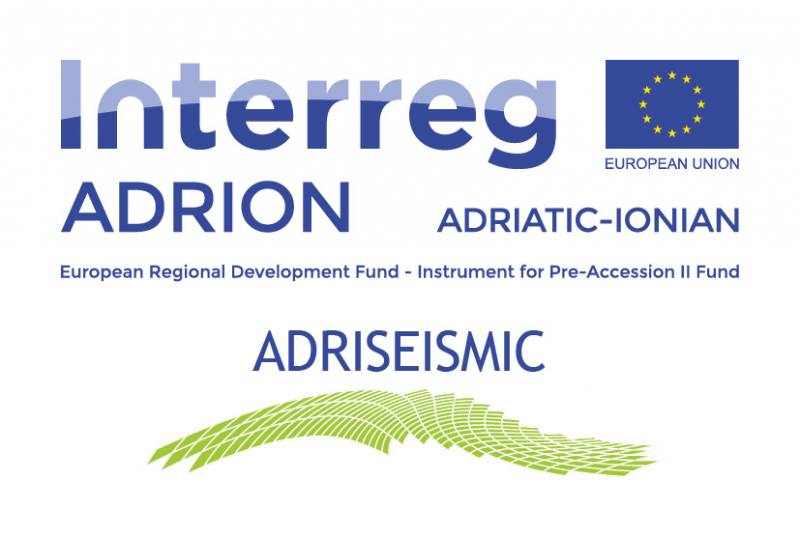 | Read more |
| RIS-RESTORE: Evaluation of Red Mud Tailings in the ESEE region | EIT Raw Materials | Ana Mladenović | 2020/04/01 | 2023/03/31 |  | Read more |
| Towards improved Assessment of Safety Performance for long-term operation LTO of nuclear Civil Engineering Structures ACES | Horizon 2020 | Andraž Legat | 2020/09/01 | 2024/08/31 | 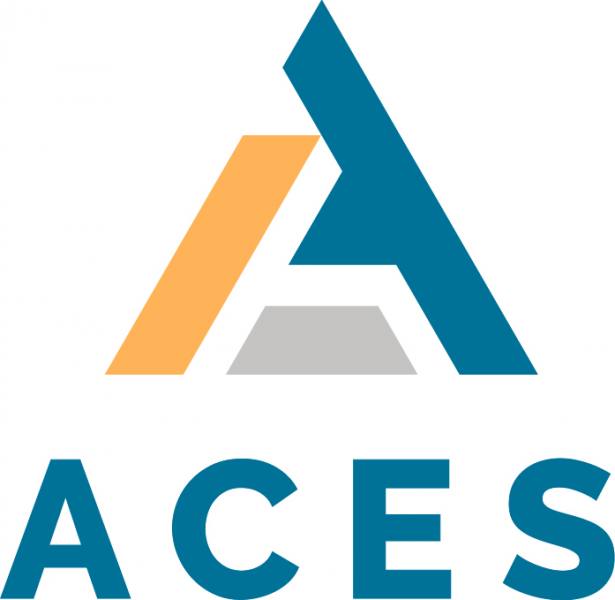 | Read more |
| 3DBRIEFCASE - Learning the use of minerals through non conventional and digital tools | EIT RawMaterials | Petra Vrhovnik | 2020/01/01 | 2021/12/31 | 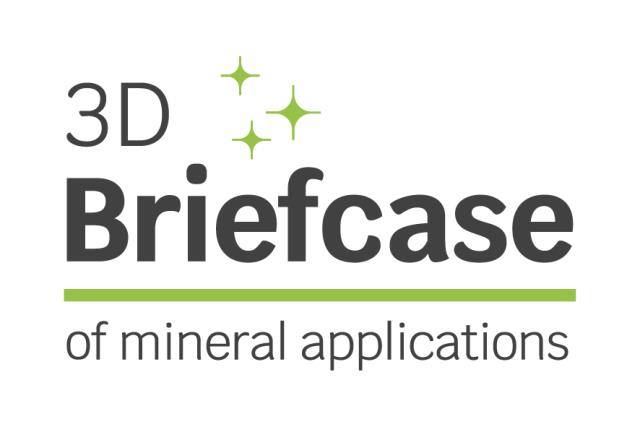 | Read more |
| oVERFLOw - Vulnerability assessment of embankments and bridges exposed to flooding hazards | This project has received funding from the European Union’s Horizon 2020 Framework Programme Union Civil Protection Mechanism Grant Agreement Number 874421 | Andrej Anžlin | 2019/12/01 | 2021/11/30 | 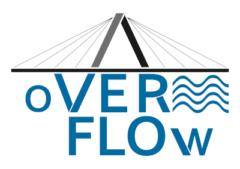 | Read more |
| LIFEproETV – Promotion and implementation of ETV as an EU voluntary scheme for verifying performance of environmental technologies | LIFE | Alenka Mauko Pranjić | 2020/09/01 | 2024/06/30 | 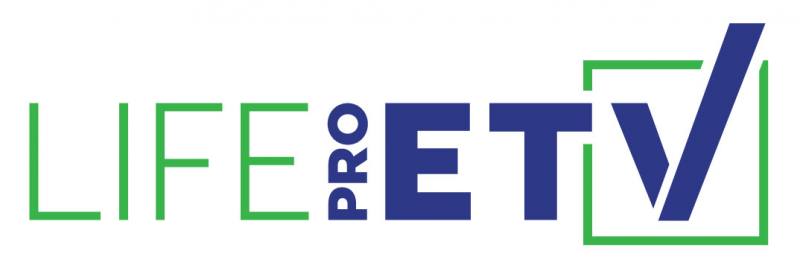 | Read more |
| EURAD - European Joint program on Radioactive Waste Management | Horizon 2020 | Bojan Zajec | 2019/06/01 | 2023/05/31 |  | Read more |
| FRISSBE - Fire-safe Sustainable Built Environment | Horizon 2020 | Andraž Legat | 2021/01/01 | 2026/12/31 | 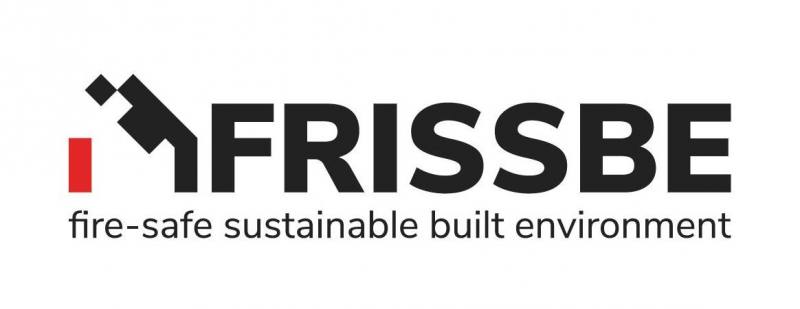 | Read more |
| ComTraForce - Comprehensive traceability for force metrology services | EMPIR | Miha Hiti | 2019/09/01 | 2023/02/28 | 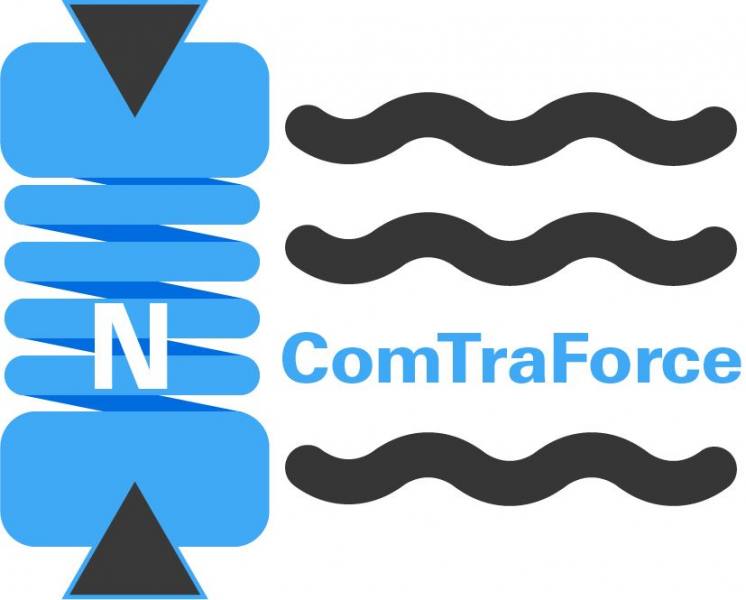 | Read more |
| Metrology for the determination of emissions of dangerous
substances from building materials into indoor air | | Miha Jukić | 2021/06/01 | 2024/06/30 | 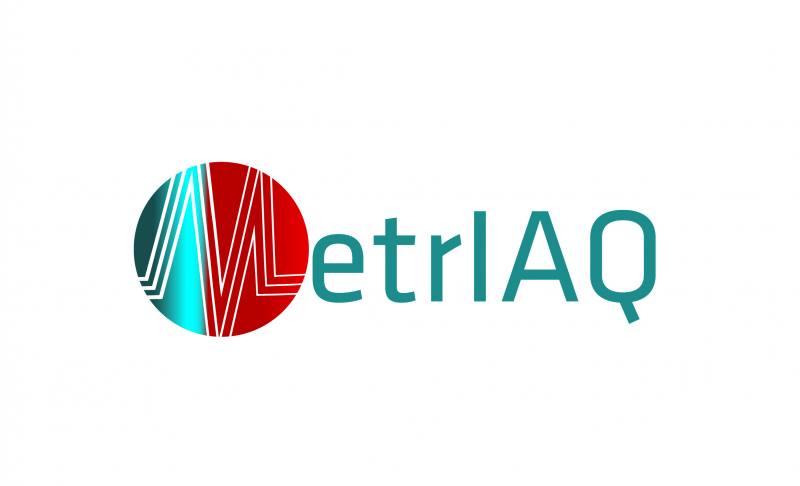 | Read more |
| CROSScade - Cross-border cascading risk management for critical infrastructure in Sava river basin | Union Civil Protection Mechanism | Mirko Kosič | 2022/03/01 | 2024/02/29 | 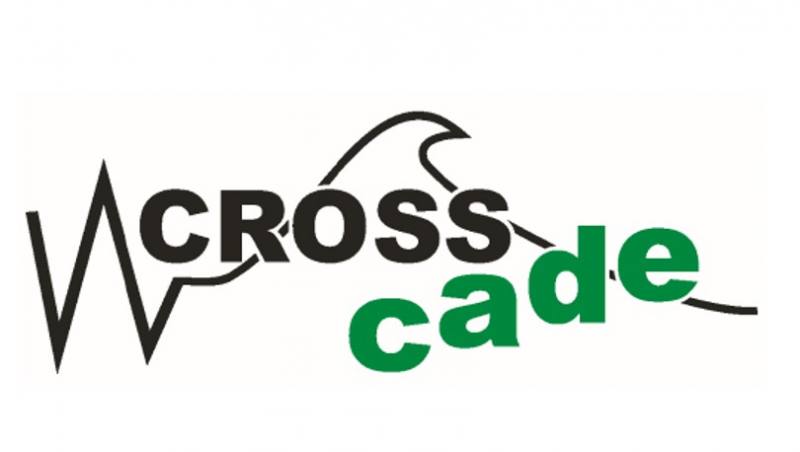 | Read more |
| MEZeroE - Measuring Envelope systems for Zero Energy buildings | Horizon 2020 | Friderik Knez | 2021/01/01 | 2026/01/31 |  | Read more |
| EIT Urban Mobility RIS Hub Slovenia | EIT Raw Materials | Anja Ilenič | 2020/01/01 | 2023/01/01 |  | Read more |
| DIMESEE-2. Dubrovnik International ESEE Mining School - Implementing innovations | EIT Raw Materials | Ana Mladenović | 2021/01/01 | 2025/03/31 | 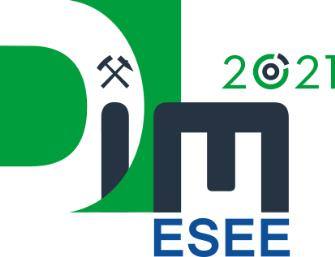 | Read more |
| GEOLAB, enhancing Europe’s Critical Infrastructure | Horizon 2020 | Stanislav Lenart | 2021/02/01 | 2025/01/31 | 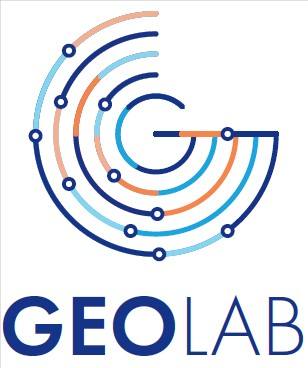 | Read more |
| RIS Education & Entrepreneurship | EIT Raw Materials | Mateja Košir | 2022/01/01 | 2022/12/31 |  | Read more |
| RIS Internship programme: broadening University-Business Cooperation | EIT Raw Materials | Mateja Košir | 2022/01/01 | 2024/12/31 | 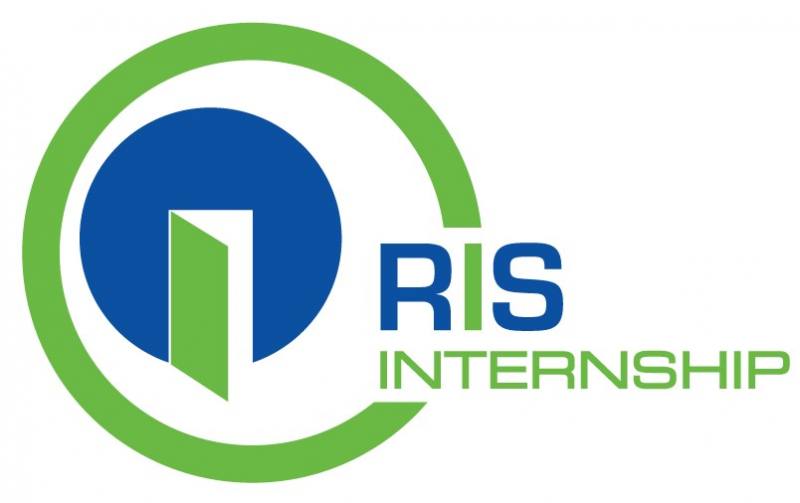 | Read more |
| AshCycle - Integration of Underutilized Ashes into Material Cycles by Industry-Urban Symbiosis | H-Europe | Vilma Ducman | 2022/06/01 | 2026/06/01 | 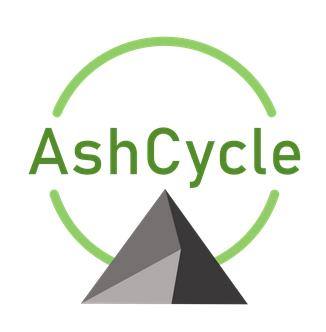 | Read more |
| WEEE-NET9 - Improving CRMs extraction capacities in RIS WEEE recycling | EIT Raw Materials GmbH | Alenka Mauko Pranjić | 2022/09/01 | 2024/08/30 | 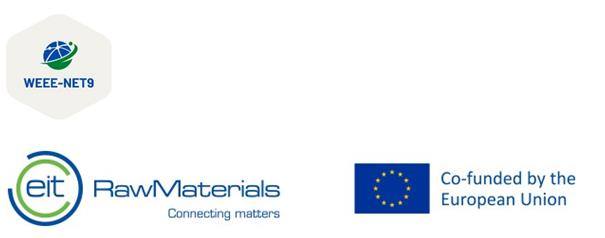 | Read more |
| LIFE IP RESTART - Boosting waste recycling into valuable products by setting the environment for a circular economy in Slovenia | LIFE | Alenka Mauko Pranjić | 2022/01/01 | 2030/12/31 | 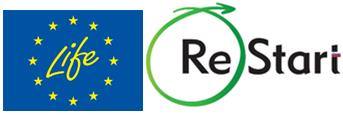 | Read more |
| CastQC - A novel cast ultra-high-specific strength quasicrystal aluminium alloy | EIT RM | Mateja Košir | 2022/09/01 | 2024/08/31 | 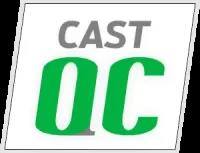 | Read more |
| CirCon4Climate - Circular Construction Practices for Climate Action | EUKI | Janez Turk | 2022/12/01 | 2025/03/30 | 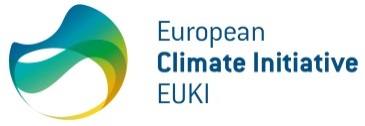 | Read more |
| GEORIS-KAVA9 - Innovative technologies for waste processing in ESEE Region | EIT RM | Vilma Ducman | 2022/09/01 | 2024/08/30 |  | Read more |
| INFRACOMS - Innovative & Future-proof Road Asset Condition Monitoring Systems | CEDR | Darko Kokot | 2022/07/01 | 2024/06/30 |  | Read more |
| STILLMETAL - Sustainable sLag process to obtain a valuable METAL | EIT RM | | 2022/07/11 | 2024/12/31 |  | Read more |
| CO2TREAT- Accelerated CO2 Treatment of alkaline residues for low carbon binders | ERA MIN | Ana Mladenović | 2022/05/01 | 2025/04/30 | 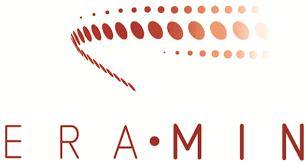 | Read more |
| BIM4CE - Bridge monitoring using real-time data and digital twins for Central Europe | INTERREG CENTRAL EUROPE | Mirko Kosič | 2022/04/01 | 2025/03/30 |  | Read more |
| EXFires - Exploration Fire Safety | ESA- EUROPEAN SPACE AGENCY | Grunde Jomaas | 2022/10/01 | 2024/10/01 | 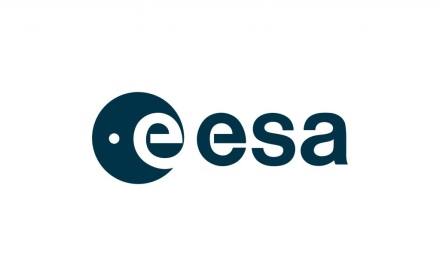 | Read more |
| ReBuilt - Circular and digital renewal of central Europe
construction and building sector | INTERREG CENTRAL EUROPE | Alenka Mauko Pranjić | 2023/04/01 | 2026/03/31 |  | Read more |
| INDY - Energy independent and efficient deployable military camps | EUROPEAN DEFENCE FUND | Ulises Rojas Alva | 2022/12/01 | 2024/11/30 | 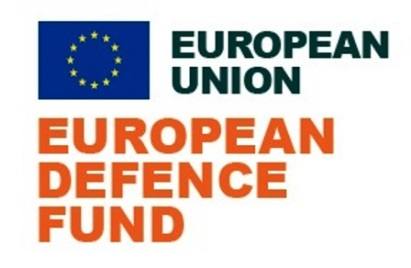 | Read more |
| CIRCUIT - Holistic approach to foster CIRCUlar and resilient transport InfrasTructures and support the deployment of Green and Innovation Public Procurement and innovative engineering practices | HORIZON-CL5-2022-D6-02 | Lucija Hanžič | 2023/05/01 | 2027/04/30 | 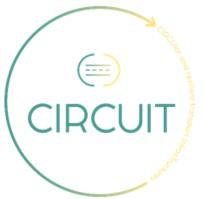 | Read more |
| HeSci - Heritage Science | | Lucia Mancini | 2023/08/01 | 2026/07/31 |  | Read more |
| Academics4Rail - Building a community of railway scientific researchers and academia for ERJU and enabling a network of PhDs academia teaming with industry | | Stanislav Lenart | 2023/09/01 | 2027/02/28 |  | Read more |
| BUILDCHAIN - BUILDing knowledge book in the blockCHAIN distributed ledger | Horizon Europe | Katja Malovrh Rebec | 2023/01/01 | 2025/12/31 |  | Read more |
| RENOINVEST - Roundtables enhancing smart investments in sustainable renovation of buildings | | Sabina Jordan | 2023/10/01 | 2026/03/01 |  | Read more |
| ADDCIRCLES - Promoting Sustainable Regional Development through Additive Manufacturing: A Cross-Border Initiative for a Resilient and Circular Economy | Interreg_Co-funded by the European Union; ESSR 80 % | Branka Mušič | 2023/11/01 | 2026/10/31 | 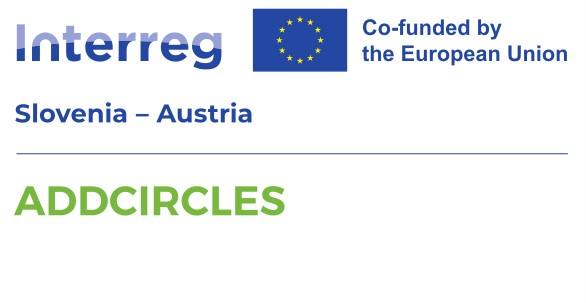 | Read more |
| VIRIDI - Stärkung des gemeinsamen Übergangs zu einer kreislauforientierten und ressourceneffizienten Wirtschaft durch integrierte und digitale Unterstützung für KMU in der grenzübergreifenden Region SI-AT | Interreg Slovenija - Avstrija / Interreg Slovenia - Austria | Dragica Marinič | 2023/10/01 | 2026/09/30 | 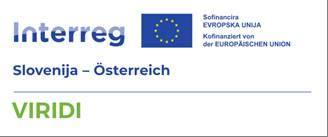 | Read more |
| AUGMENTED CCAM - Augmenting and Evaluating the Physical and Digital Infrastructure for CCAM deployment | Horizon Europe | Darko Kokot | 2022/09/01 | 2025/12/31 | 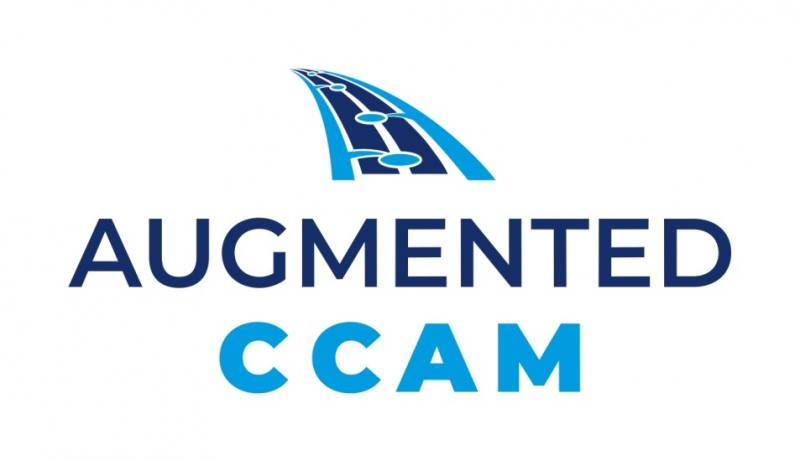 | Read more |
| TRANSITION - Transforming waste into high-performance 3D printable cementitious composites | M-ERA.NET Call 2022 | Lidija Korat Bensa | 2023/09/01 | 2026/08/31 |  | Read more |
| H7-8294 Consumer demand for circular urban living: insights from Sweden, Slovenia and the Netherlands | Slovenian Research and Innovation Agency DUT partnership Driving Urban Transitions towards a Sustainable Future | Sabina Jordan | 2023/10/01 | 2026/09/30 | 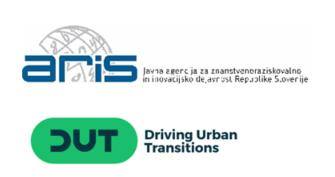 | Read more |






























































































































































